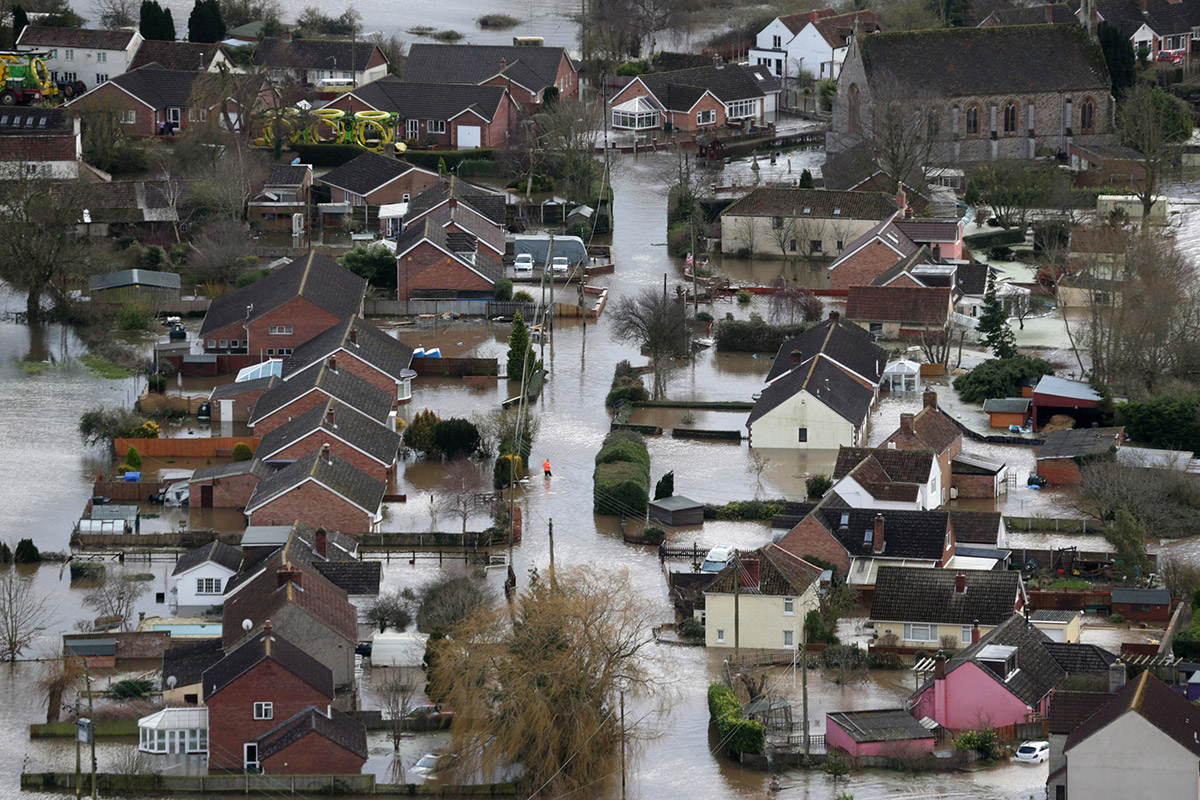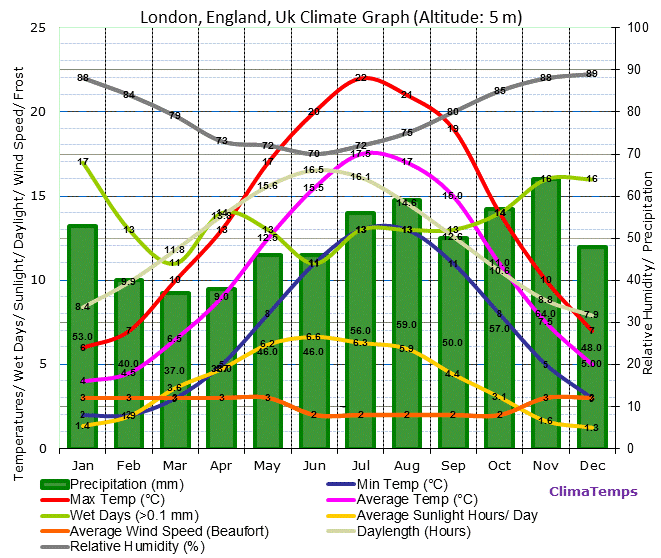Figure.1. A photo of an inhabitant paddling in the floodplains (Reference: IUCN, 2011).
To recap with some of the basics, the floodplain is located within the Hadejia Nguru River basin where two upstream rivers Hadejia and Jama'are converge into Yobe River that subsequently flows into Lake Chad (Barbier and Thompson, 1998) (Figure.2). It is characterized by its seasonality in flood extent due to a distinct rainfall pattern following the annual ITCZ movement (Taylor, 2004). The recent range is about 70 - 100,000 km2, showing a historical decline from 250 - 300,000km2 of 1960-70s (Adams, 1999). It is attributed to the fact that upstream dam closure took place including Tiga (70s) and Challawa Gorge Dam (90s), two of which now control 80% of water flow of the Hadejia river system (IUCN, 2008). These dams support the Kano River Irrigation Project, the Hadejia Valley Irrigation Project and the Kano City Water Supply (KCWS) to meet the needs of the expanding population in the surrounding cities and towns (IUCN, 2006). It essentially evolved in an increasing sense of 'beneficence' from world development planners in 1950s, without fully understanding the multiple benefits the floodplain brings about. Jama'are River is currently dam free despite Kafin Zaki Dam had once undergone construction until it was halted because of financial constraints (Barbier and Thompson, 1998).

Figure.2. A map showing the Hadejia-Nguru River Basin, also known as the Komadugu-Yobe River Basin. There are five states that politically split the basin (Reference: Blench, 1993).
With regard to their hydrological system, most parts of the basin especially downhill experience water deficit, receiving comparatively less rainfall than potential evaporation through land surface and vegetation. In Yobe, for example, it receives 543mm/a of rainfall whereas annual evaporation rate exceeds 1200mm/a (Bashir, 2008). The implication is that downstream residents almost exclusively rely on surface water of floodplains and groundwater, both of which are intensively fed by the upstream river flows during the rainy season.
Clearly, the consequence goes beyond the freshwater deficit. This includes significant pressure anticipated upon agriculture in floodplains (better known as fadama) and in dry land using the residual soil mositure, fisheries activities and the outbreak of invasive typha grass destroying the existing ecosystems, all of which have a knock-on effect on the livelihoods of people living downstream (Lake Chad Basin GEF Project, 2015). For instance, the fishery in itself produces about 6,000 tonnes of fish in the wetland annually (Barbier et al, 1991). Similarly, economic benefit of agricultural products is estimated to exceed $37,000,000 annually (Barbier et al, 1991). Should it be abandoned through a declining water table following dam closure, a tremendous amount of benefits will be lost such as direct food intake, cash income, cultural/religious nature of fishing activity and loss of migrant birds (Thomas, 1994). Without doubt, you cannot simply go ahead with closing the dams without much consideration into these potential detrimental effects that it can exert in downstream areas.
In an effort to respond to the contentious nature of water resources management, a number of integrated management projects have been undertaken over the last two decades. Historically, the goals of Nigeria's water project are primarily on the following three aspects; 1) provision of urban water supply; 2) generation of hydropower; 3) development of large-scale surface irrigation (Blench, 1993). With the recognition of the need for basin-wide management, however, a number of pilots projects have been conducted to create a platform where various stakeholders come together to express their interests and discuss on what would be the most appropriate solution to their conflicts. Such inclusive approach is vital here essentially because the hydrological boundary is politically split into the five states - Kano, Bauchi, Jigawa, Yobe Borno (Figure.2), as well as two development authorities - Hadejia-Jama'are River Basin Development Authority (HJRBDA) upstream and Chad Basin River Development Authority (CBDA) downstream (Figure.3) (Barbier and Thompson, 1998). Together with the complex nature of the wetlands benefits to local economy and beyond, it is not a choice but a must to include as many stakeholders as possible. The following is the three major examples of integrated water resources management that has taken place over the last few decades.
Figure.2. A map showing political boundaries of two development authorities, HJRBDA and CBDA (Reference: Thompson, GEOG3038 lecture slides, 4th Nov 2015).
1) FGN/IUCN/NCF Komadougou-Yobe Basin Project, also known as KYBP (IUCN, 2006)
This is a joint initiative by the three major institutions established in 2005; the Federal Government of Nigeria; the West Africa Regional Office of IUCN; and Nigerian Conservation Foundation. The aim is to improve the institutional framework for the basin-wide management. You can find the detailed report here.
2) Joint Wetlands Livelihoods (JWL) (Chiroma et al, 2010)
This project is initiated by local communities, local and state authorities to promote community empowerment in order to improve the living of the rural poor highly dependent on the natural resources available in the basin. What is significant about this initiative is that it conducted a stakeholder analysis while providing a forum in which stakeholders come discuss on their issues and concerns.
3) GEF Pilot Project on Integrated Wetlands Management in the Komdougou-Yobe Basin (Lake Chad Basin GEF Project, 2015)
This pilot project places more emphasis on ecological aspects of the basin in order to achieve sustainable use and productivity of fisheries, agroforestry, grazing lands and agriculture. It also provides a specific objective to combat desertification that has taken place across the basin, regardless of it being human-induced or part of a natural cycle.
In the final report of the KYBP, they regard these integrated projects as 'an opportunity to develop and assess novel approaches to helping communities and households overcome the complex water constraints and impediments that impact on all aspects of their livelihoods' (IUCN, 2006). For those of you taking GEOG3038 and attended the last week's role-playing seminar, we had a number of occasion where a win-win strategy seems feasible to implement in order to better manage water resources without jeopartising each other's interest. For instance, upstream irrigation project farmers and authorities can manually discharge stored water in reservoir at the time of high demand for water in downstream essentially for agriculture. It could potentially prevent from downstream residents migrating uphill in sought for freshwater resource, which would have posed a further pressure on their existent resources. Therefore, such multi-stakeholder approach is successful to some extent in the way that it has consolidated a basis for integrated water resources management to reflect needs of as many people as possible.
Nonetheless, there are a number of questions that I would like to raise in respond to the basin-wide projects:
1) How do you define 'who should become involved'?
There are a number of institutions and a minority group of people (e.g. nomadic tribe) whose voices are ignored.
2) How can we quantify the degree of equity among different individuals/stakeholders?
How would you value the benefits of non-monetary products such as ecosystems, and who gains from the conservation? Also, there is an inconsistency in valuing a certain amount of agricultural crops/fishes depending on the proximity to market and relative seasonal scarcity.
3) How can we ensure the needs of small local groups/institutions will be met without their being politically hampered by the elite groups of authorities.
It seems to me that these politically strong stakeholders can easily abuse scientific data (I would rather call it a trick of science) to favour the self, the most educated.
In the next post, I shall try to answer the above questions as well as exploring some other contentious issues related to the integrated water resources management. Any queries or opinions are very welcome! :)







